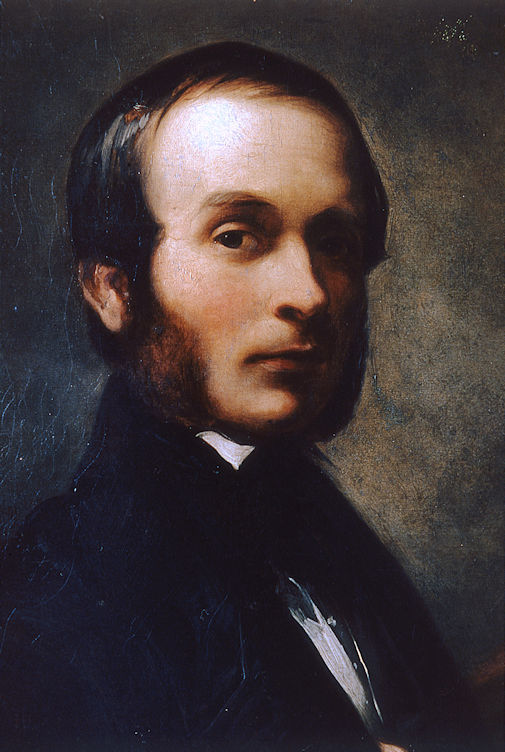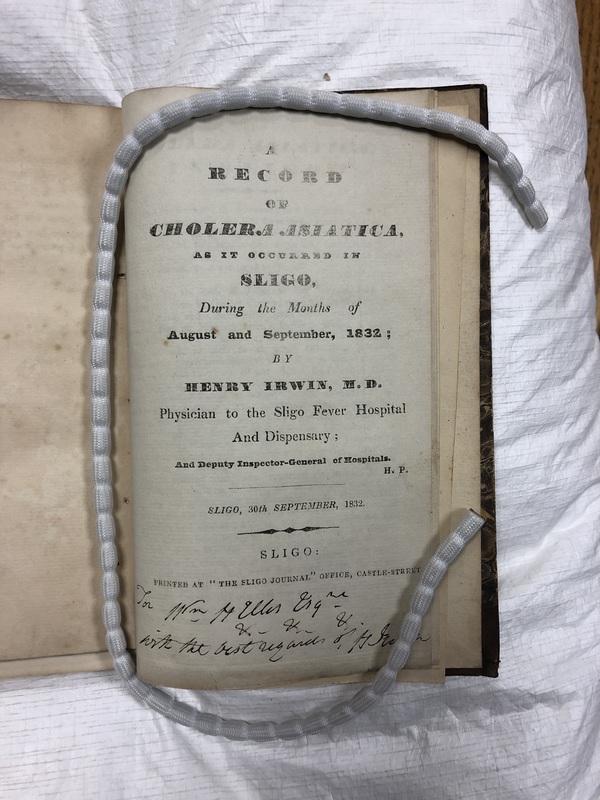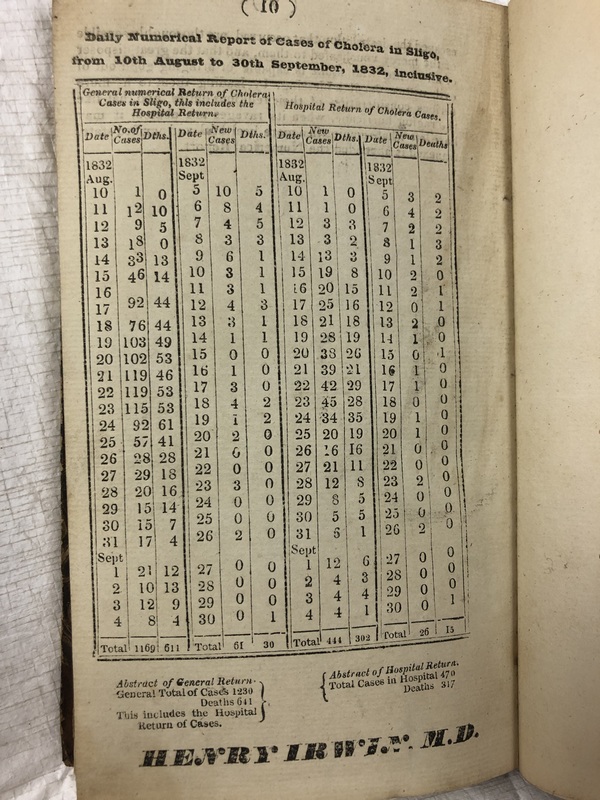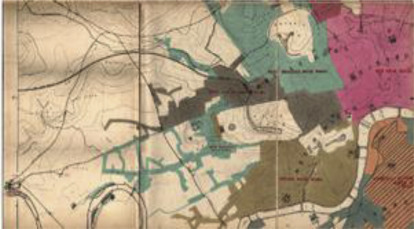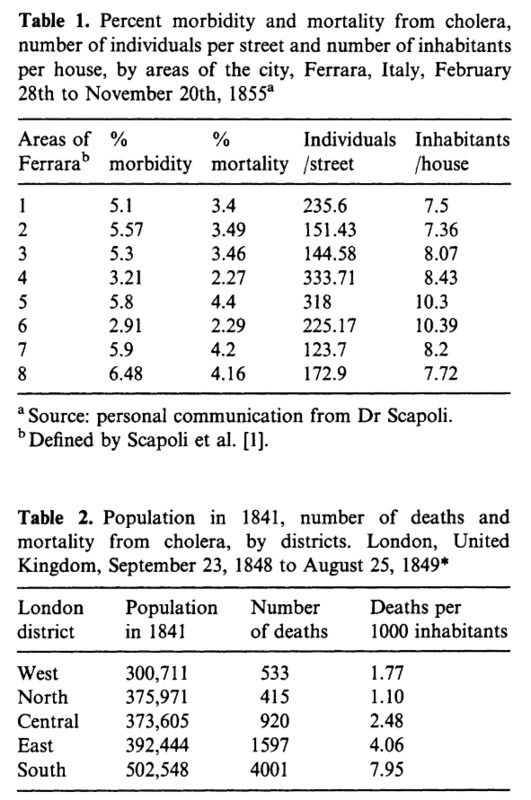A Record of Cholera Asiatica
Situating Vibrio Cholerae through the combination of these two primary sources is important for both science and society, offering profound insights into the interconnected realms of public health, epidemiology, and social infrastructure. Understanding the origins of Cholera through the lenses of both Dr. Coyne in Sligo, Ireland and Dr. Snow in London, England is instrumental in the evolution of empirical evidence and rigorous data analysis that eventually identified the contamination of water which was making these populations ill; our source selection on Dr. Coyne reports former beliefs that Cholera was transmitted through airborne miasmas, while Dr. Snow insists on the idea of contagion through the ingestion of unclean liquids. Both doctors find themselves trying to explain why previous medical theories proved ineffective during the epidemic, yet they both come to the conclusion that they must shift their strategies when it comes to identifying outbreak sources and treatments. Ultimately for society, knowledge of how and why Cholera spreads has been crucial in the understanding of the effectiveness of public health and strategies that should be put in place to prevent outbreaks. The history of Cholera as presented within these two sources highlighted the social determinants of health, demonstrating how socio-economic conditions, such as access to clean water and adequate sanitation, was fundamental in the disease prevention quest. Awareness spread by such doctors fostered a more holistic approach to health which recognized the importance of education and social policies.
